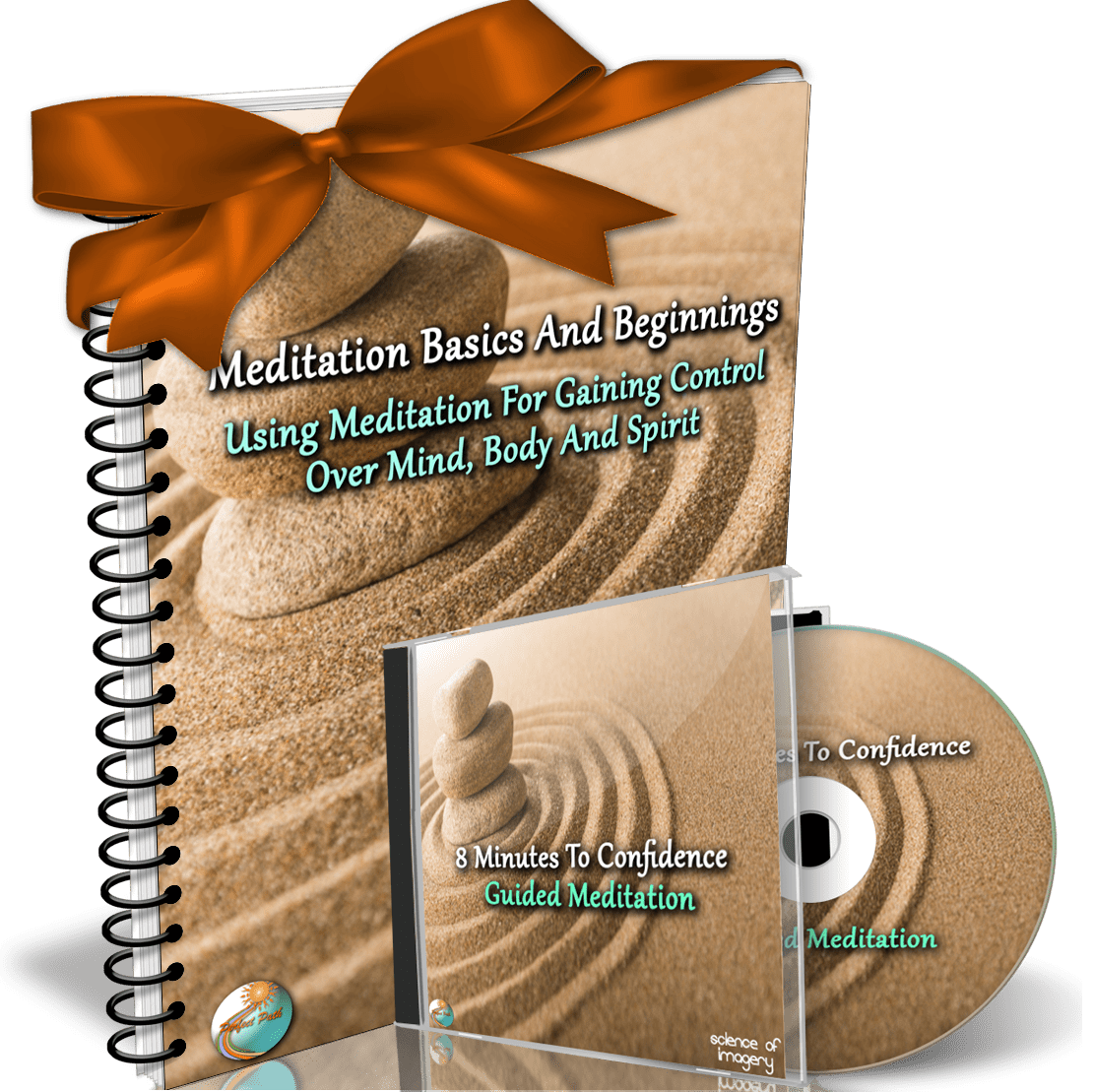Exercising Doesn’t Have To Feel Like A Nightmare
 The most common excuses adults give for not exercising are lack of time and feeling uncomfortable when they exert themselves.
The most common excuses adults give for not exercising are lack of time and feeling uncomfortable when they exert themselves.
While scientists haven’t yet managed to add more hours to the day, there may be new hope for the sedentary.
Some endurance experts are advocating caffeine or other substances to help reduce the perception of effort.
While the approach is still controversial, it may someday become as acceptable as a nicotine patch for smokers or an appetite suppressant for dieters.
Until then, there are still the traditional ways to make physical activity more palatable even for the most confirmed couch potato. Try these tips that will help you change the way you think about exercise.
Transforming Your Attitude About Exercise
1. Congratulate yourself. Do you criticize yourself for being out of shape when you feel short of breath or sore after a visit to the gym? Take a page from athletes who welcome those kinds of physical sensations as proof they’re growing stronger and faster.
2. Focus on results. Keep your motivation in mind. Maybe you want to lose weight or reduce your risk of heart disease.

3. Maintain a log. Track your progress. Putting your program down in writing will make it easier to see how you’re advancing.
4. Find a buddy. Working out with a friend or signing up for an exercise class can be more fun than going solo. You’ll look forward to your time together.
5. Form a habit. Exercise is easier when it’s automatic. If you go for a run each morning, you’ll find yourself putting on your sneakers without even having to think about it.
6. Change your self-talk. Telling yourself that you dislike push-ups just reinforces the discomfort. Cheer yourself on instead. Celebrate your accomplishments like losing 5 pounds or moving up to an advanced Pilate’s class.
A great tool that many people use to improve their self-talk is meditation. This simple to do, yet highly effective personal development technique has helped many people change their lived for the better. Are you ready for some change in your life? If so, click below and get your meditations as a free gift!
Working Out At Your Own Pace
1. Respect your limits. Pushing yourself too hard can make you want to give up. It also increases your risk of injury. Talk with your doctor if you have questions about your individual condition.
2. Take a walk. Walking is safe and effective for most adults. Start out with short distances, and gradually increase your time and pace.

3. Jump in the pool. Low-impact water exercises can be a healthy alternative for seniors or anyone who needs to protect their joints. If you have trouble finding a community pool, ask a local hotel if they offer gym memberships to non-guests.
4. Lean back. If you prefer dry land, how about pedaling on a recumbent bicycle? You’ll condition your heart without taxing your lower back and knees.
5. Count daily activities. Other kinds of movement qualify as exercise. You can burn calories and tone your muscles while you play with your kids and clean your house.
6. Adjust your schedule. You probably have certain times of day when you’re most productive. If your energy flags after work, lift weights in the morning or at lunch time.
7. Monitor yourself. Health experts agree that most adults can accurately judge their heart rate and level of exertion based on signs like breathing, sweating, and muscle fatigue. If you like using the latest gadgets, you can also buy a fitness tracker to help you decide whether you need to slow down or challenge yourself more.
It’s much easier to stick to an exercise program when you learn to like physical activity. Starting out gradually and thinking positive will help you to fulfill your workout resolutions so you can stay in top condition.


